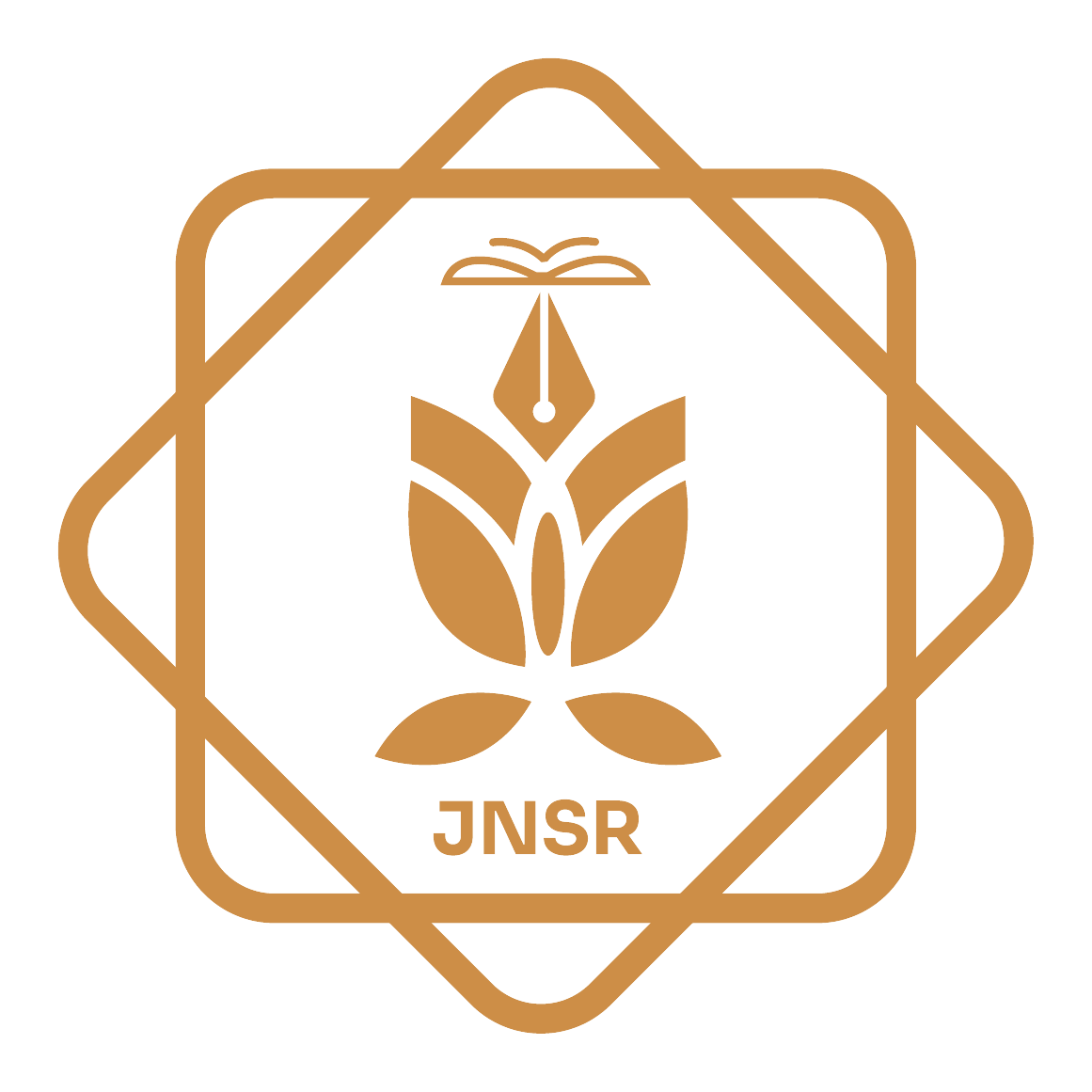Analysis of Export Potential and Trade Direction of Afghanistan Figs in Global Market
DOI:
https://doi.org/10.62810/jnsr.v2i4.176Keywords:
Export-Potential, Competitiveness, Trade-Direction, Growth, FigsAbstract
The expansion of Afghanistan's share in the global market is critical for the country's development, particularly given its chronic trade deficit. Although Afghanistan is renowned for producing and exporting high-quality fruits, especially figs, it has not fully utilized its export potential. Based on secondary data from ITC and FAOSTAT, this study analyzed the export performance of Afghan figs from 2000 to 2019. An exponential growth function, the Cuddy-Della-Valle instability Index, Revealed Comparative Advantage indices and Markov chain analysis was employed. The results showed that fig exports grew positively with a compound annual growth rate (CAGR) of 24.20%, exhibiting low instability. Afghanistan demonstrated significant export potential and maintained a strong and consistent comparative advantage in exporting figs, particularly to Pakistan, followed by India and the UAE. In 2019, the total export potential for Afghan figs was estimated at US$ 211.00 million, compared to an actual export value of US$ 91.60 million. The largest untapped export potential was identified in India, followed by the USA and Canada. While Afghanistan has retained its market share in some regions, it risks losing its share in others. The study recommends reorienting production and marketing systems to address these challenges and align them with global market demands. Additionally, progressive export promotion strategies should be implemented to diversify export destinations and minimize market risks.
Downloads
References
Balassa, B. (1965). Trade Liberalisation and "Revealed" Comparative Advantage1. Manchester School, 33(2), 99–123. https://doi.org/10.1111/j.1467-9957.1965.tb00050.x. 2021.11.06 DOI: https://doi.org/10.1111/j.1467-9957.1965.tb00050.x
Balassa, B. & Noland, M. (1989). Revealed Comparative Advanatge in Japan and the United State. Journal of International Economics Integration, 4(2), 8-22. DOI: https://doi.org/10.11130/jei.1989.4.2.8
Cai, J., Leung, P.S., & Hishamunda, N. (2009). Assessment of Comparative Advantage in Aquaculture: framework and application on selected species in developing countries. http://www.fao.org/3/i1214e/i1214e00.htm. 2019.03.05
ITC. (2020). Spot Export Opportunities for Trade Development. Published by International Trade Center, Geneva, Switzerland. https://exportpotential.intracen.org/en/resources/learning/faq. 2020.02.07
Jagdambe, S. (2016). Analysis of revealed comparative advantage in export of India's agricultural products. https://econpapers.repec.org/paper/schwpaper/372.htm.2020.03.05
Leao, L., Mansur, A. & Anuj, K. (2018). Jobs from Agriculture in Afghanistan. World Bank Publication, Washington D.C., USA. https://openknowledge.worldbank.org/bitstream/handle/10986/29312/9781464812651.pdf .2021.02.30
Mushair, H., & Mohammadi, A. M. (2022). A study on the trade direction of fresh and dried figs : Export from Afghanistan. INTERNATIONAL JOURNAL OF AGRICULTURAL SCIENCES, 18(2), 605–609. https://doi.org/10.15740/has/ijas/18.2/605-609 DOI: https://doi.org/10.15740/HAS/IJAS/18.2/605-609
Sericola, B. (2013a). Discrete‐Time Markov Chains. Universal Journal of Applied Mathematics, 1–87. https://doi.org/10.1002/9781118731543.ch1. 2021.02.20 DOI: https://doi.org/10.1002/9781118731543.ch1
Verhoogen, E. A. (2008). Trade, Quality Upgrading, and Wage Inequality in the Mexican Manufacturing Sector*. The Quarterly Journal of Economics, 123(2), 489–530. https://doi.org/10.1162/qjec.2008.123.2.489 . 2020.11.20 DOI: https://doi.org/10.1162/qjec.2008.123.2.489
Downloads
Published
How to Cite
Issue
Section
License
Copyright (c) 2024 Mohammad Ismail Hashime, Virendra Singh

This work is licensed under a Creative Commons Attribution-NonCommercial 4.0 International License.



























